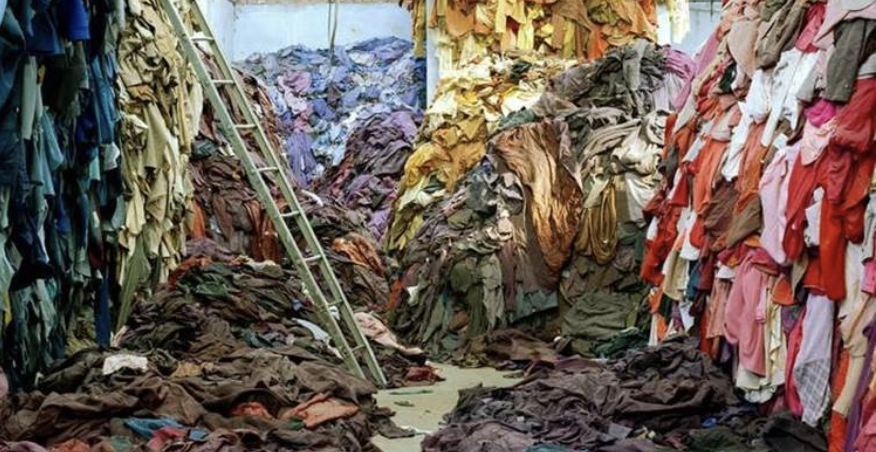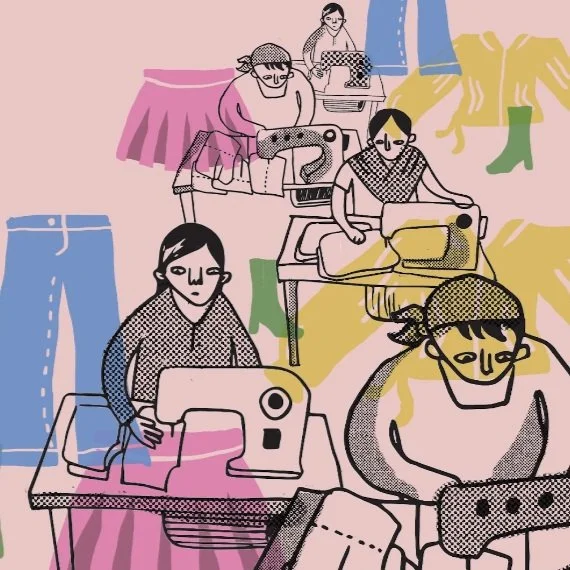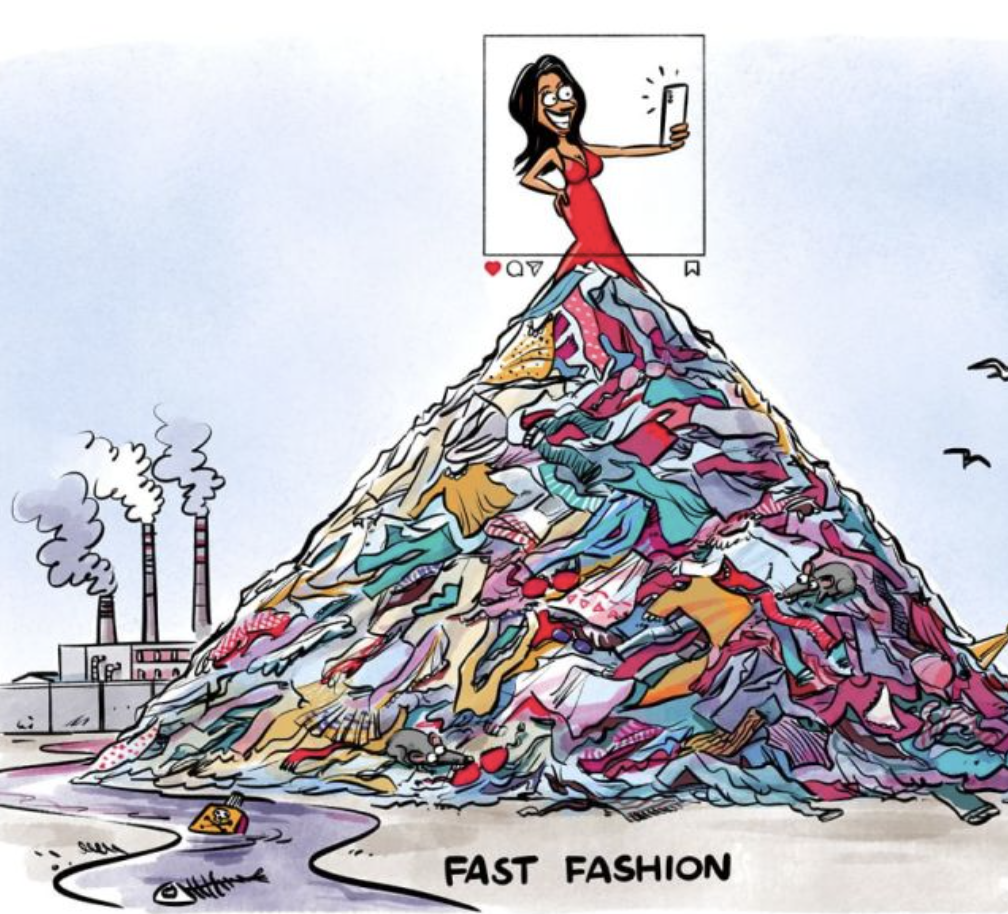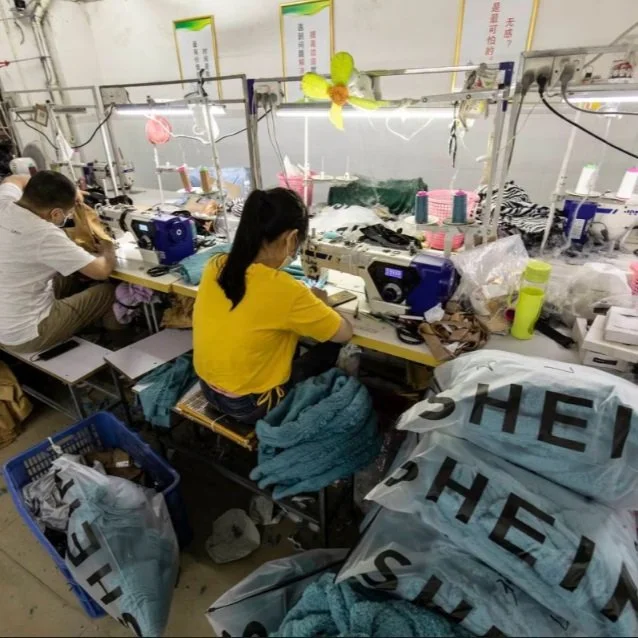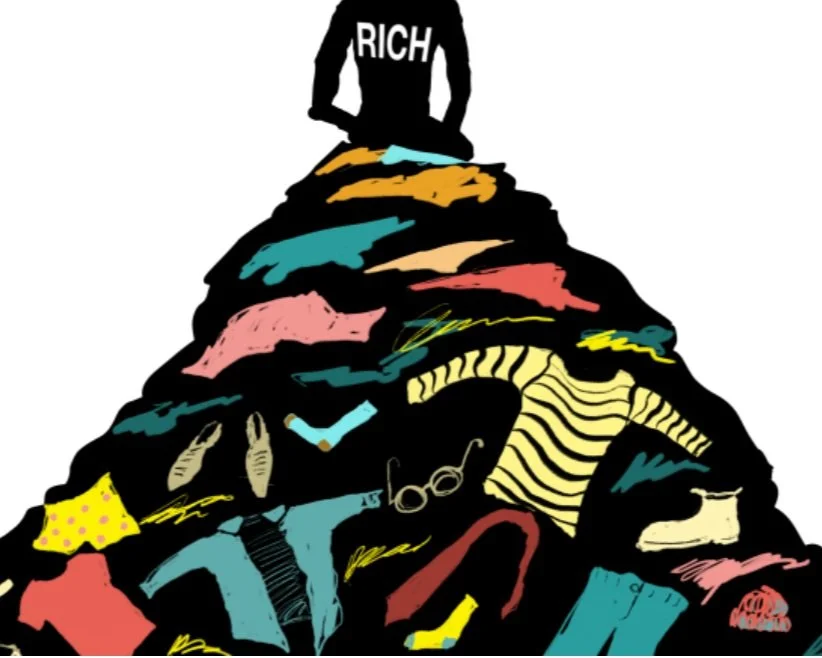The Dangers of Fast Fashion: Is That $2 Shirt Really Worth it?
Written by Annie Stockwell
Have you ever seen those TikTok videos with the caption “Huge Shein Haul!” followed by an assortment of emojis? The video consists of a teenager jumping into the frame of the screen clutching oversized boxes filled with clothing. As the teenager tears apart the plastic that wraps each item, they state the price of the clothing, ranging from $2 to $30. The brand Shein is well-known, and notorious even, to many users on social media. After typing shein.com into a browser, anyone can see what Shein represents: fast fashion.
Fast fashion is the unethical, rapid production of large amounts of clothing and is the second most polluting industry in the world. The clothing keeps up with trends and stays budget-friendly due to its rapid cycle of cheap mass production. Shein uses non-renewable materials such as polyester and nylon; both materials are rated as the least environmentally friendly materials for clothing. The company’s leadership does not care about the environmental and ethical issues posed by fast fashion.
Shein was founded in 2008 by Chris Xu. Shein, along with Romwe and Zaful (other well-known fast fashion brands), is owned by the Shenzhen Globalegrow E-Commerce company in China. To maximize profits, all of these brands sell cheap items. The quality of their clothing is so bad that most buyers intend to only wear their items once—in an Instagram photo or for a single night out. For example, during Spring Break my friend wore a Shein bathing suit in the pool to take a photo. Suddenly, the water surrounding her turned pink and her bathing suit lost its color. Although the bathing suit was ruined, at least she got the picture.
With the rise of social media, fast fashion brands such as Shein have a particularly broad reach and impact due to their massive social media presence. Their strategic use of apps such as TikTok to promote the company has proven successful, as Shein “ has doubled its sales for eight consecutive years.” Its low prices and trendy fits are thus marketed to a large demographic, making the brand difficult to resist. Shein has recruited influencers such as Addison Rae on TikTok and Instagram to promote their brand with posts and promo codes for an “ extra 15% off the entire @shein_us site!” Just by paying influencers to tag their brand, Shein attracts millions of customers.
One could argue Shein is the ideal clothing brand: it is constantly up to speed with trends, has extremely low prices, and has sizes S to XL, along with a plus-size line. How could anything possibly be wrong with that? The reason that Shein can sell an immense amount of clothing at obscenely low prices is because the brand exploits its workers. In a press release from 2020, Shein reported that they debut 500 new items per day.
While Shein engages in unethical practices such as fast fashion and sweatshops, it is easy to understand why there are people drawn to the brand. For the more frugal customers, Shein offers thousands of pieces of clothing for very low prices. The brand states that “ everyone can enjoy the beauty of fashion.” Being a teenager is difficult as it is, but when facing the pressure of keeping up with rapidly changing fashion trends, one’s financial situation can get in the way. With Shein, people from different economic classes can have access to a diverse array of clothing. However, individuals who have other options available to them should try to avoid fast fashion, if possible. It is not necessary to buy twenty shirts, all worth around $2, when one can buy clothing from more sustainable brands, such as ThredUP, Reformation, or Levi’s. While brands such as Reformation are higher in price, there are ways to avoid paying $150 for a shirt. Resale apps such as Depop and Poshmark allow anyone to sell their clothing and give it a new purpose. In addition, websites such as ThredUP serve as online thrift stores. In addition to online sources for sustainable fashion, popular thrift stores such as Goodwill and Savers offer a variety of clothing for prices similar to those of Shein.
The issue with popular sustainable brands is that sustainability comes with a larger cost. Even items from second-hand stores are sold at a high price. Sustainable clothing requires a lot more money to produce, therefore, the price tag increases. The truth is, while sustainable fashion is ideal, the prices are not friendly to everyone. However, it is important for those who are in a position of financial security to do their part to help combat the environmental and ethical concerns that are posed by the fast fashion industry.
Ultimately, Shein fuels the fast fashion industry and the harmful repercussions that stem from it. Because of social media influencers using the #SHEINgirls hashtag, therefore promoting the brand, fast fashion has become increasingly more popular. A $2 shirt sounds appealing, yet fast fashion trends come at the cost of our own invaluable environment.
Edited by Sam Teisch, Lauren Veum, Caitlin Robaczewski, Esti Goldstein, and Olivia Daly

